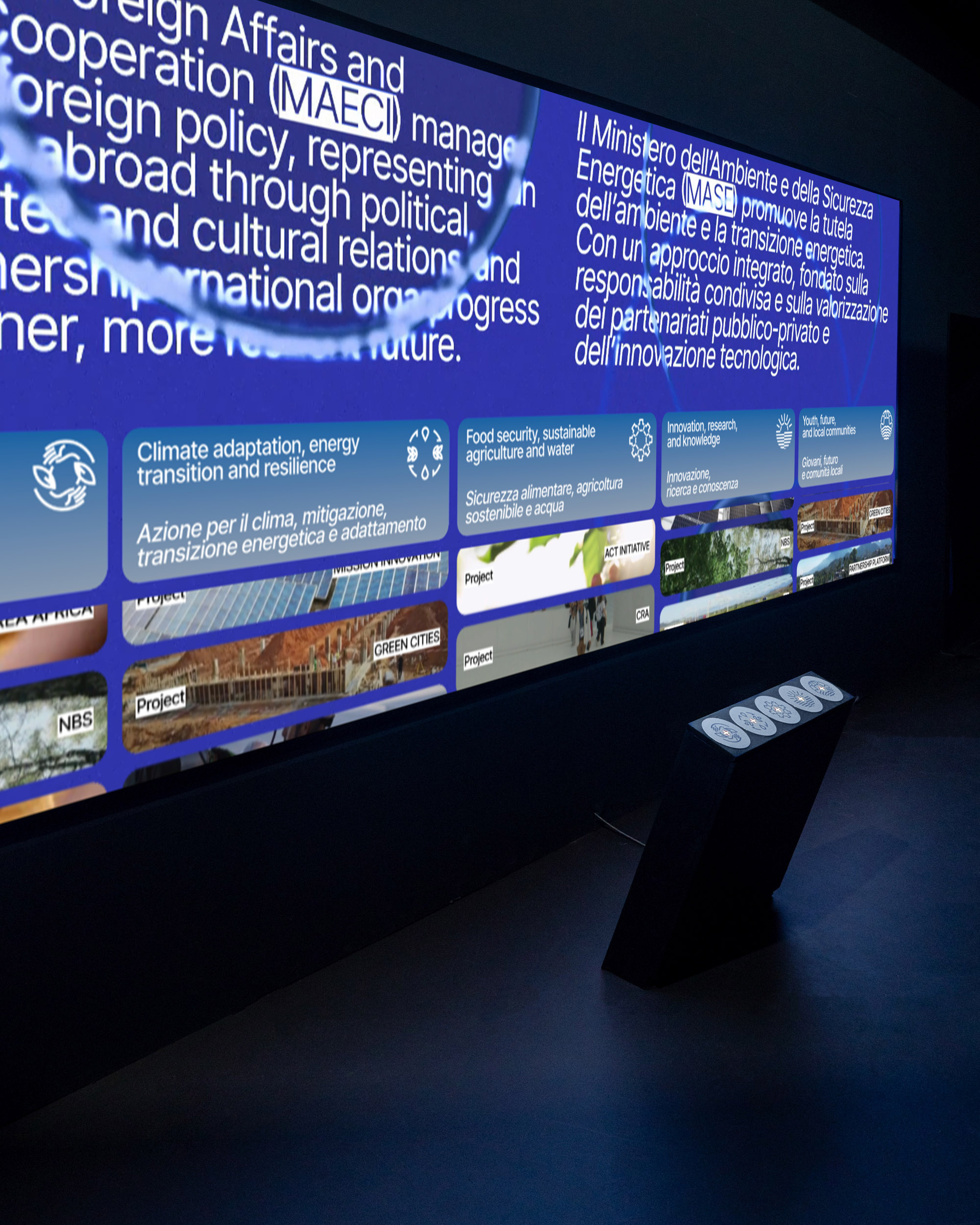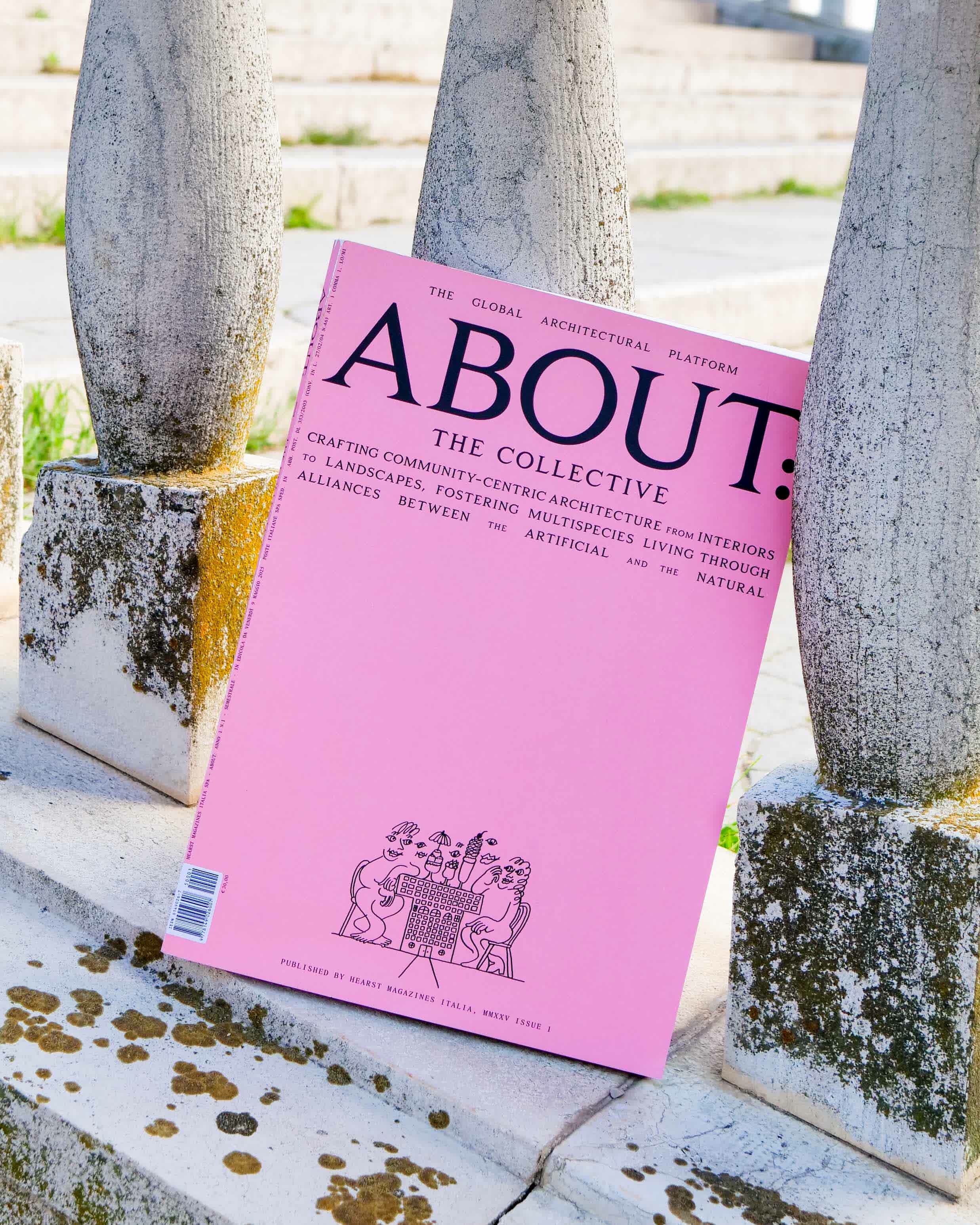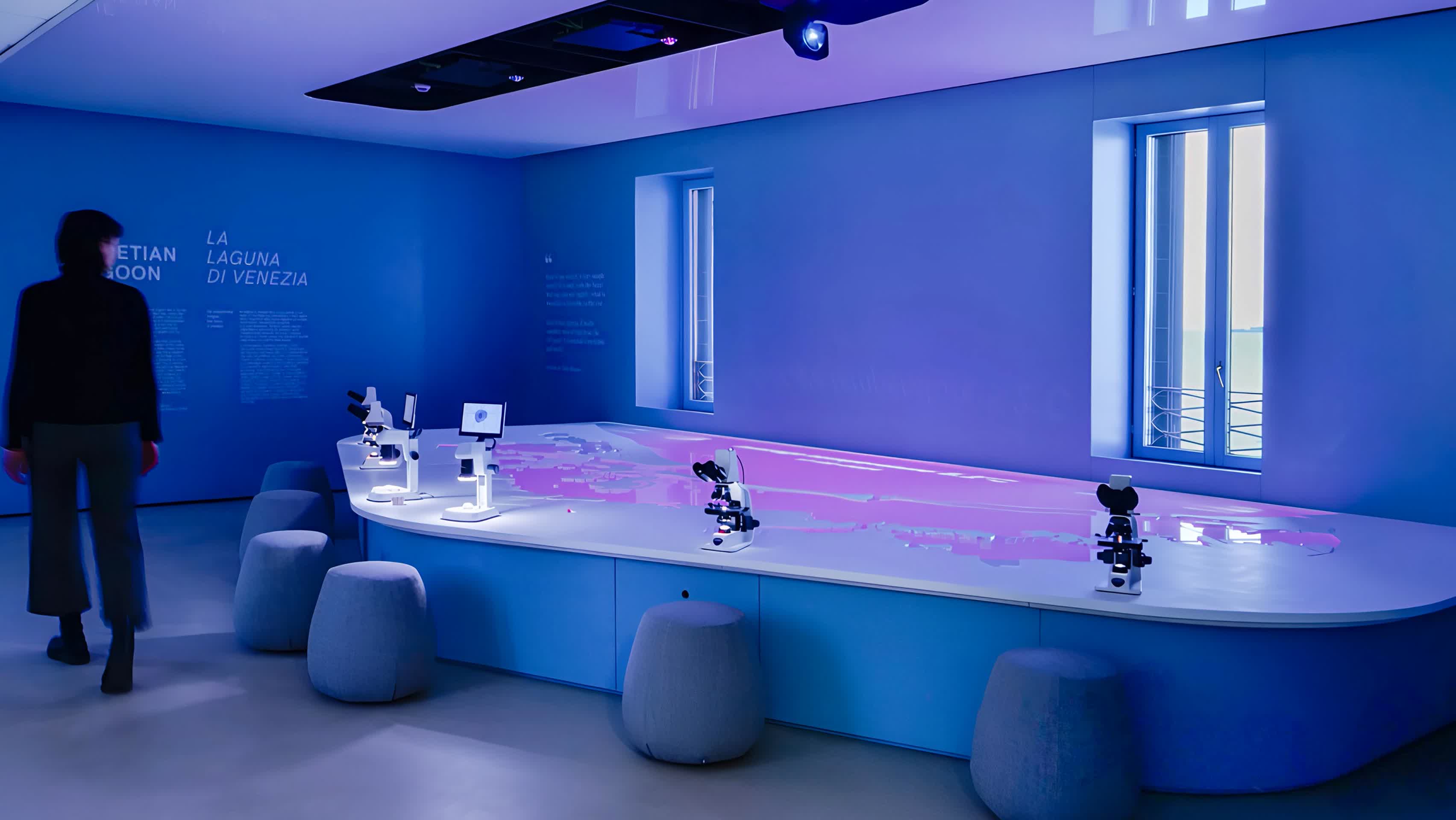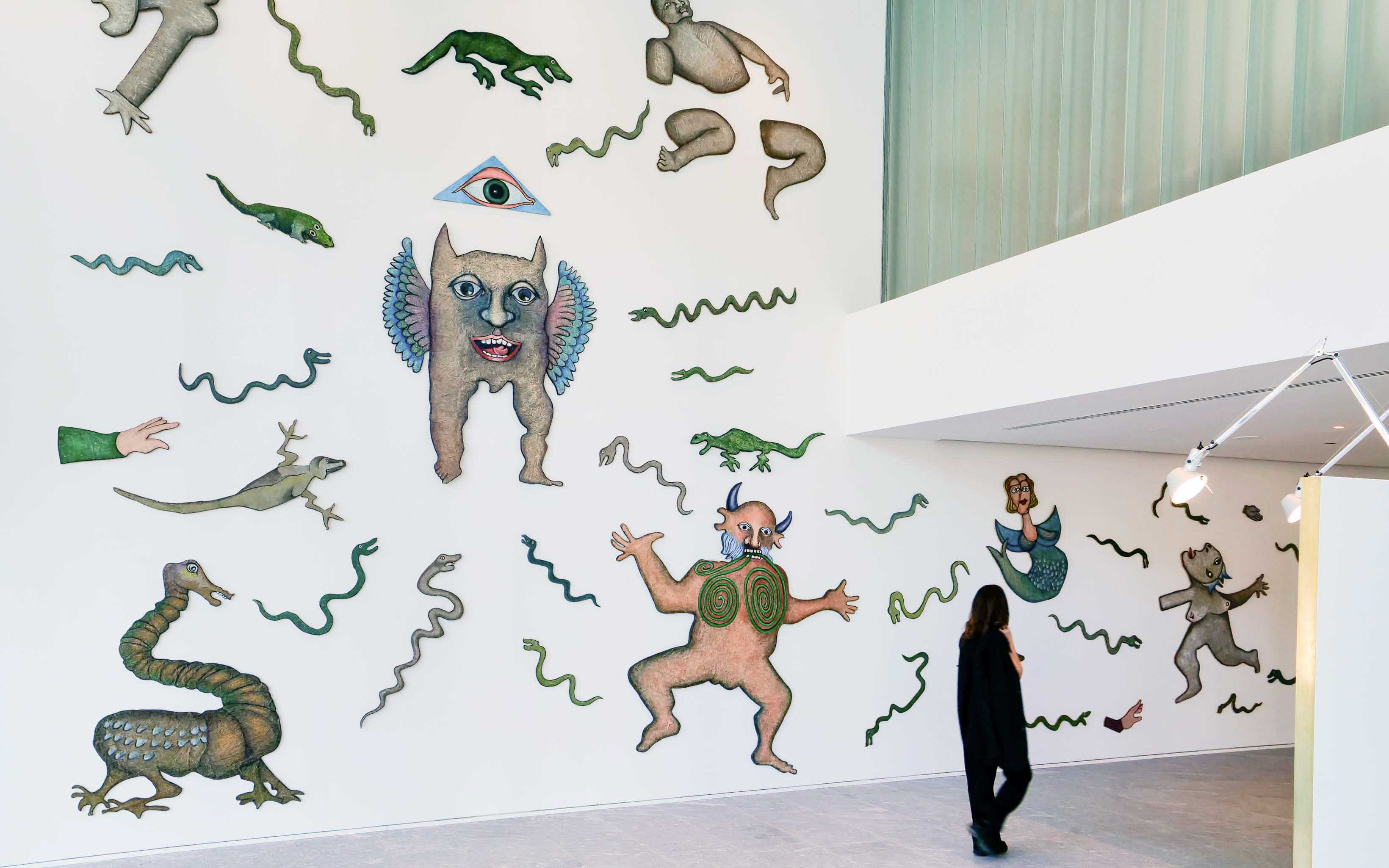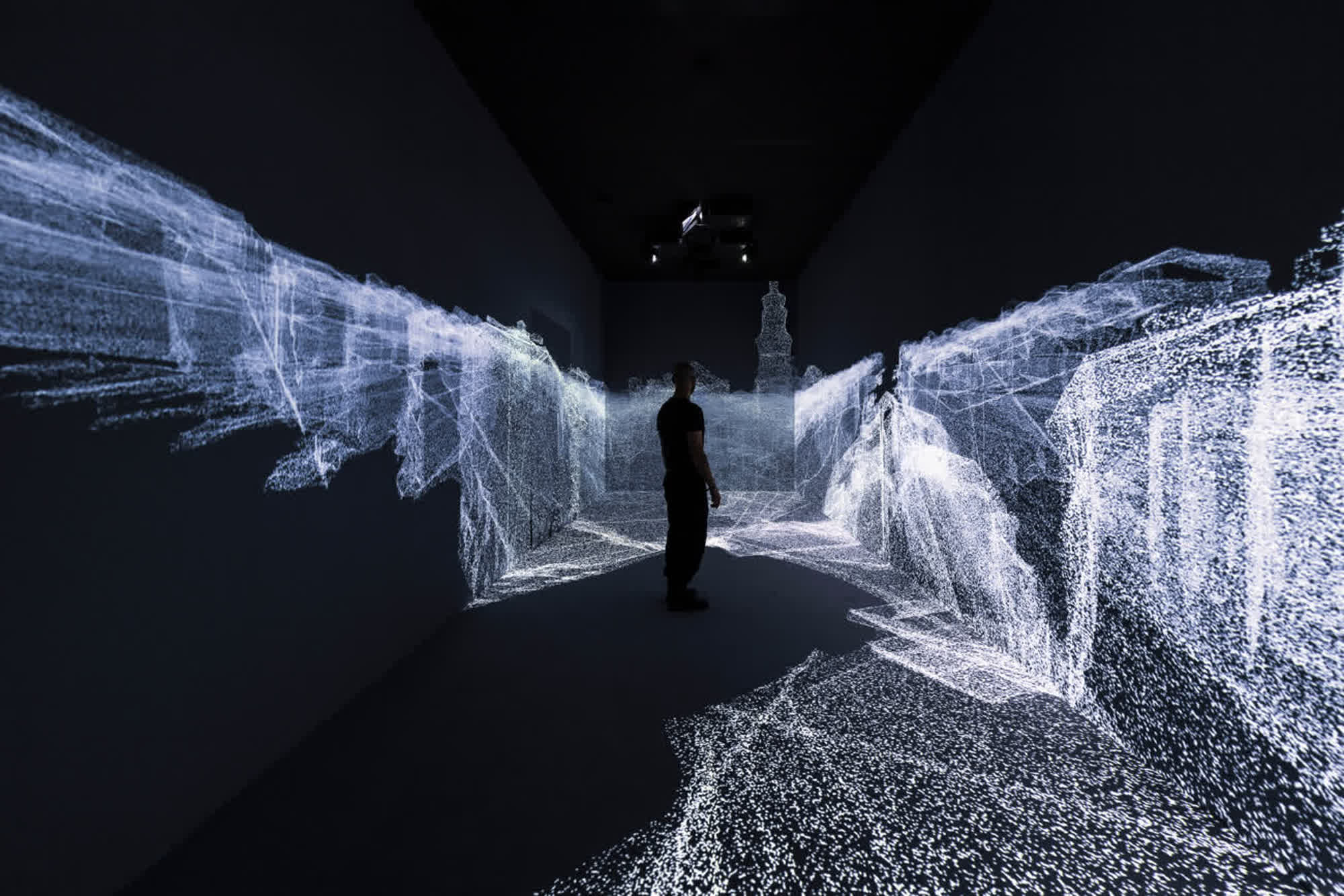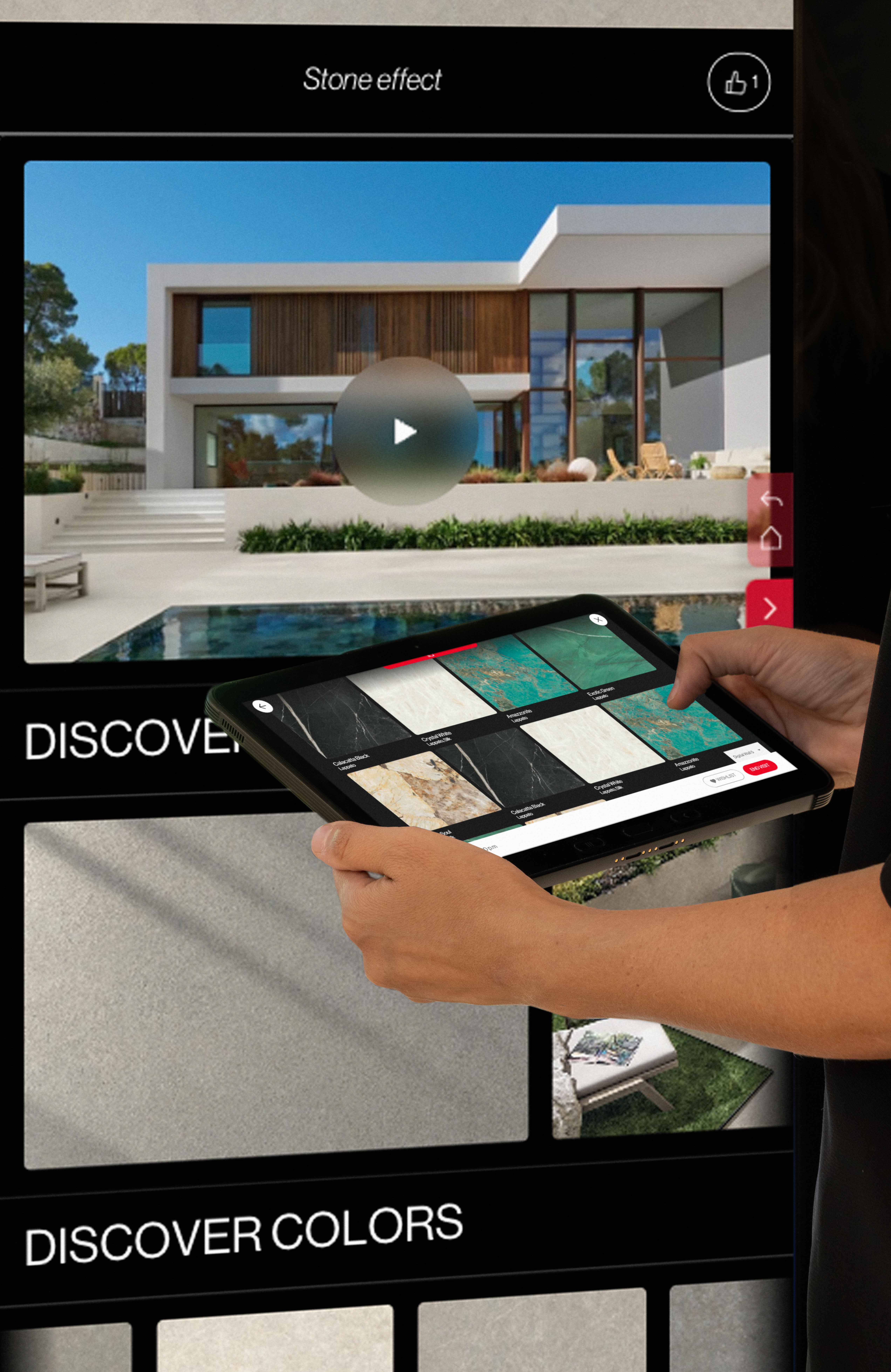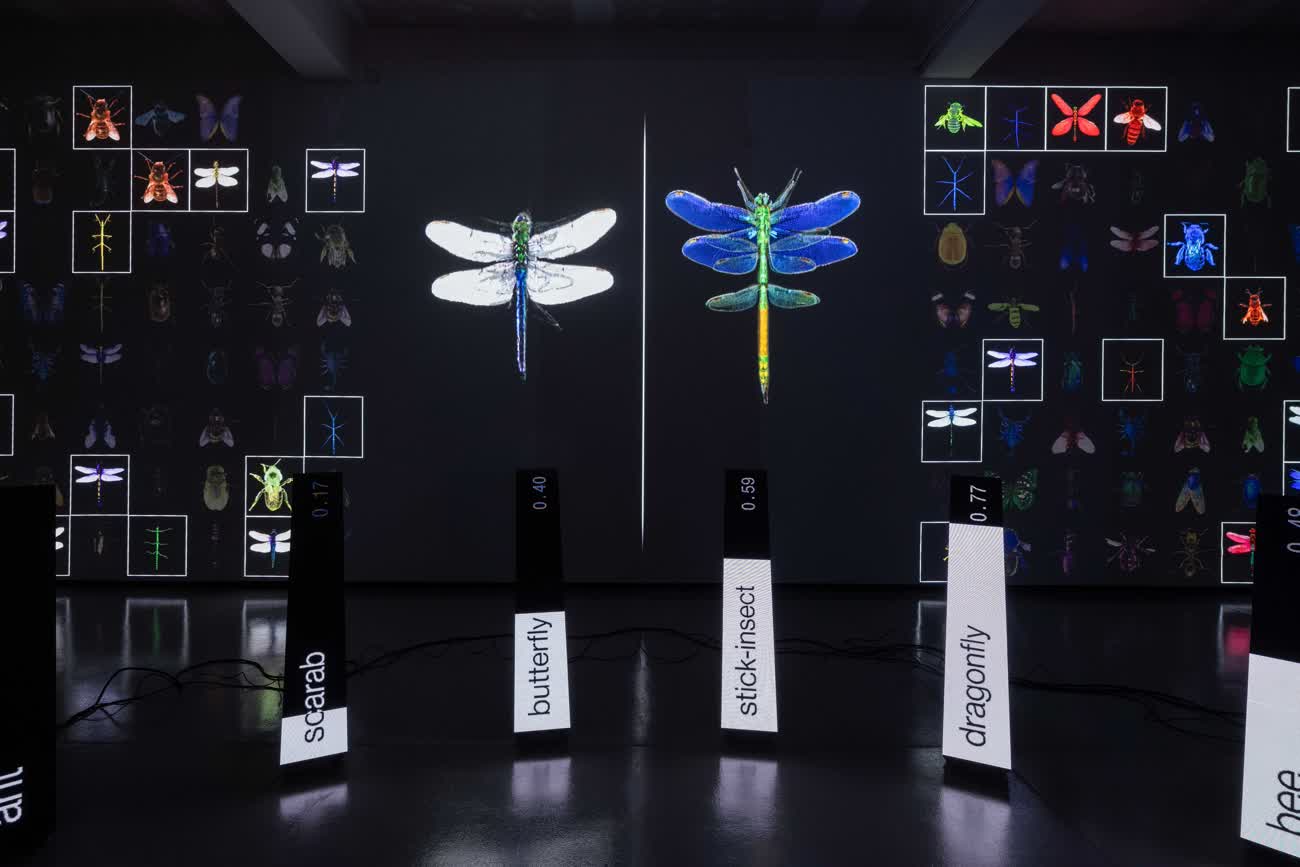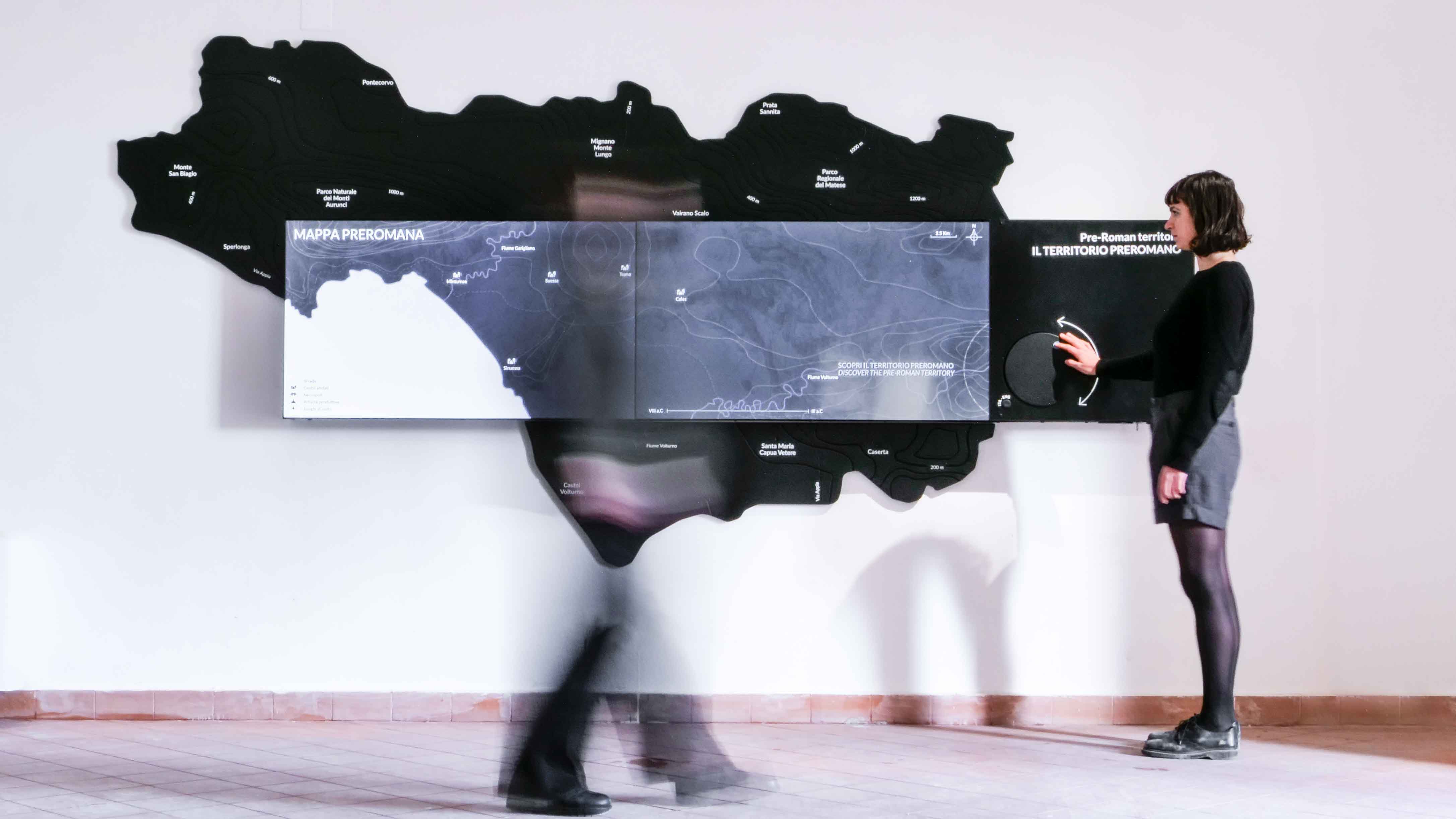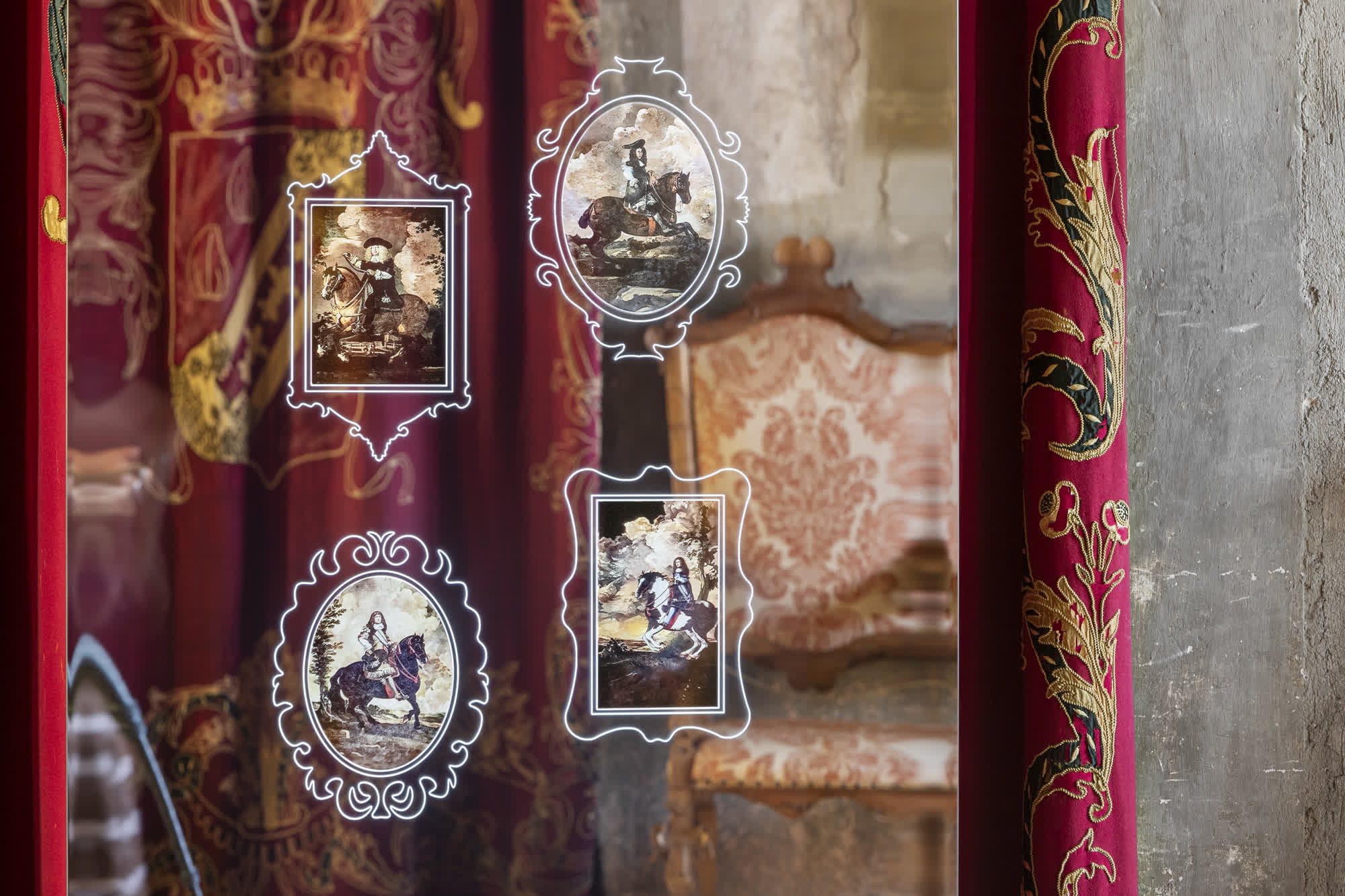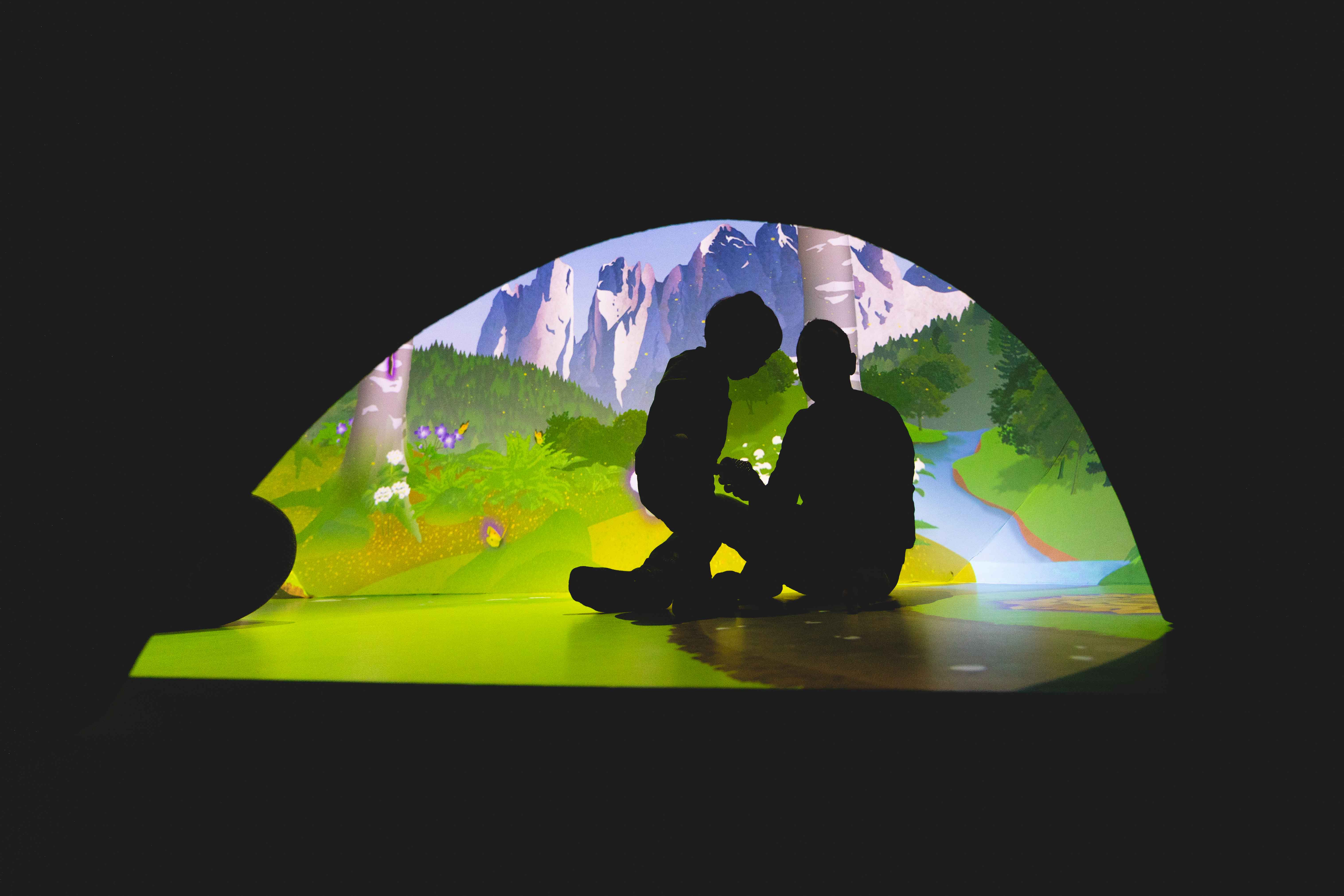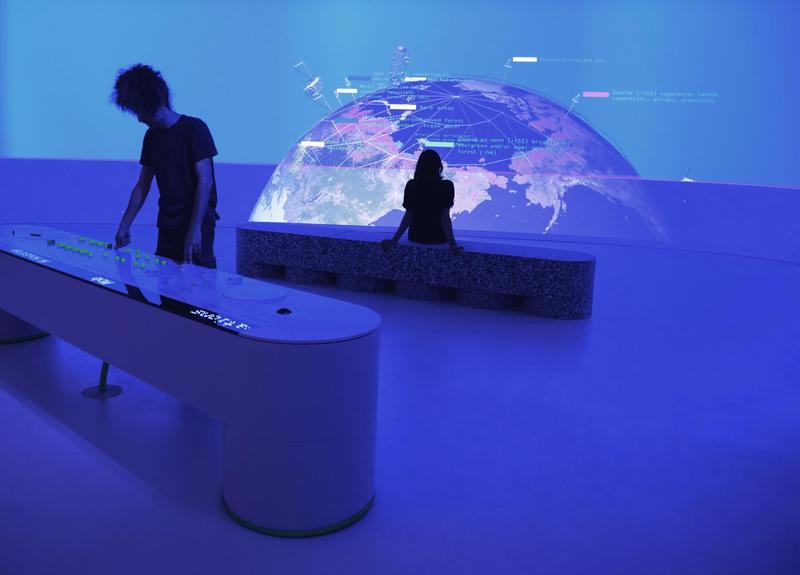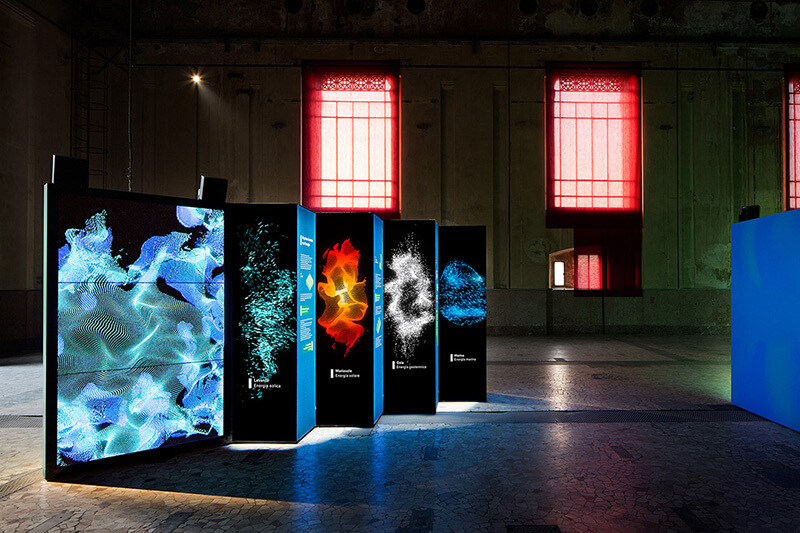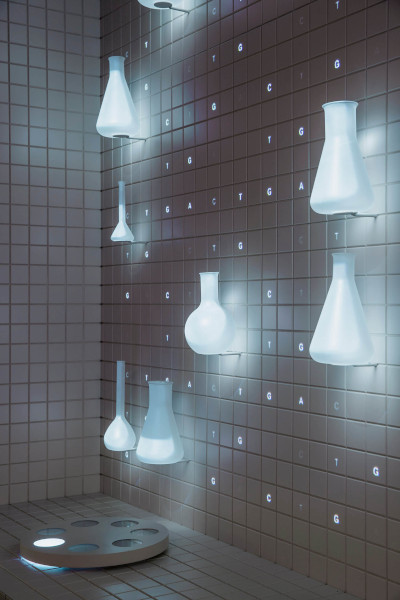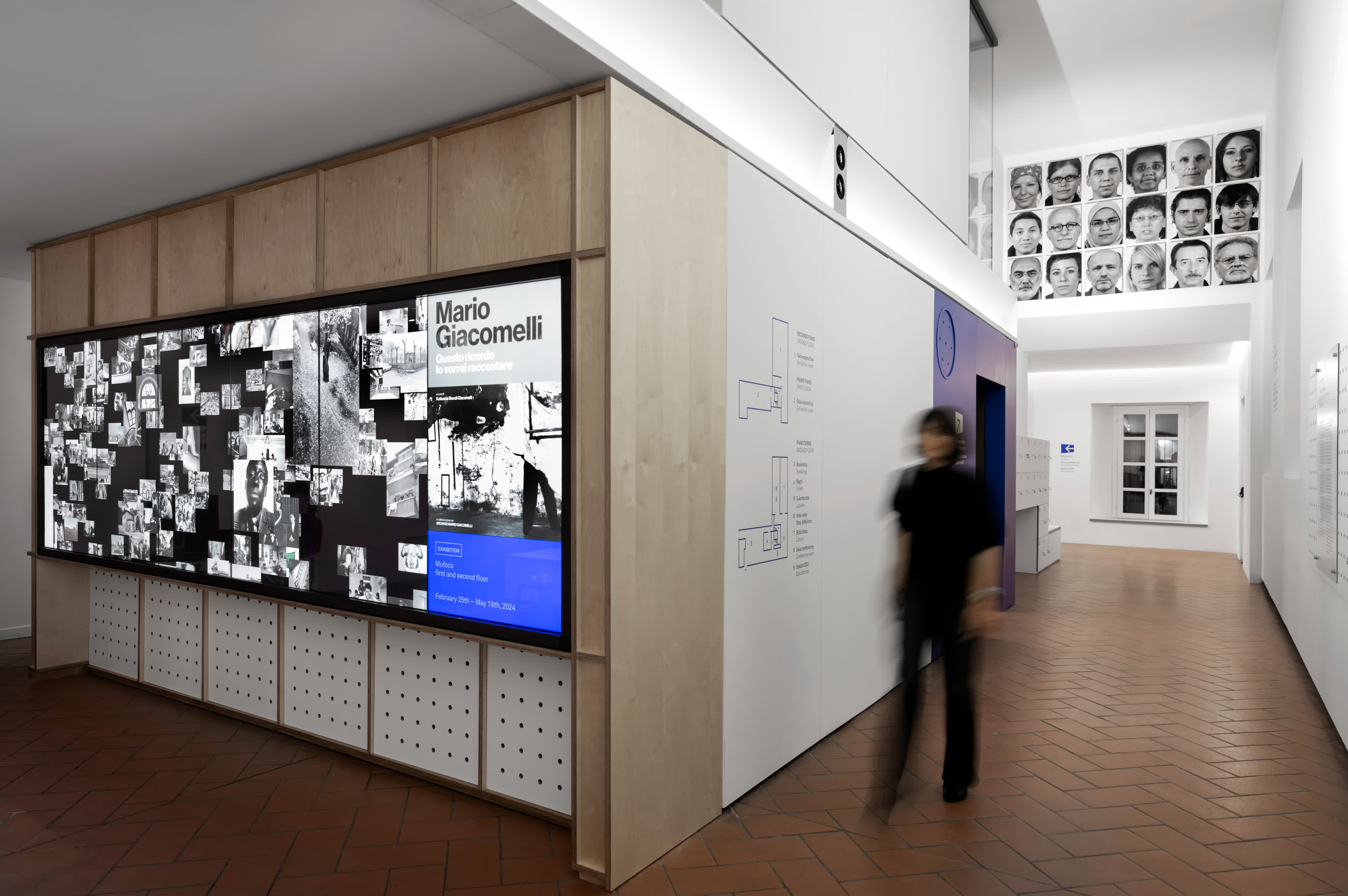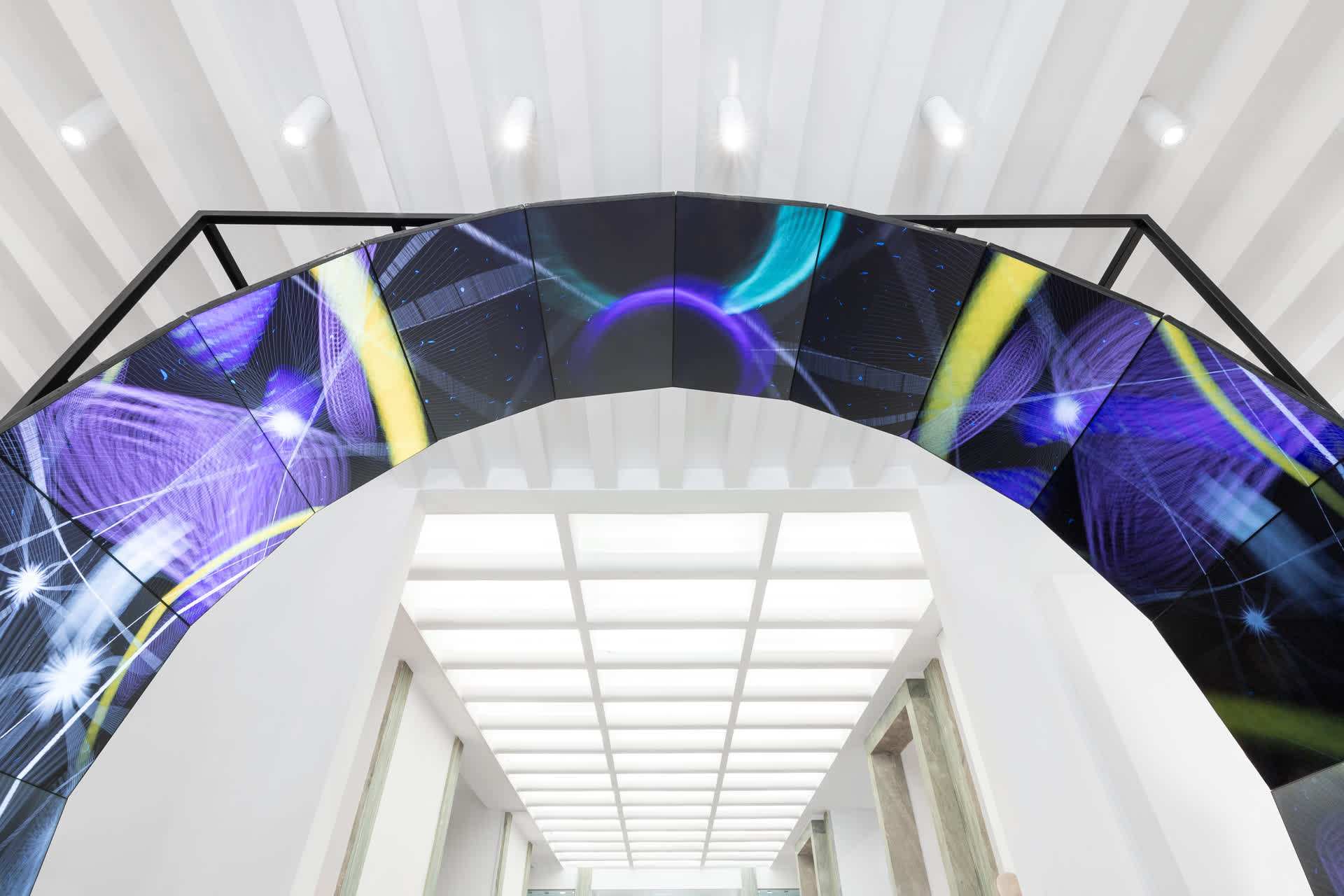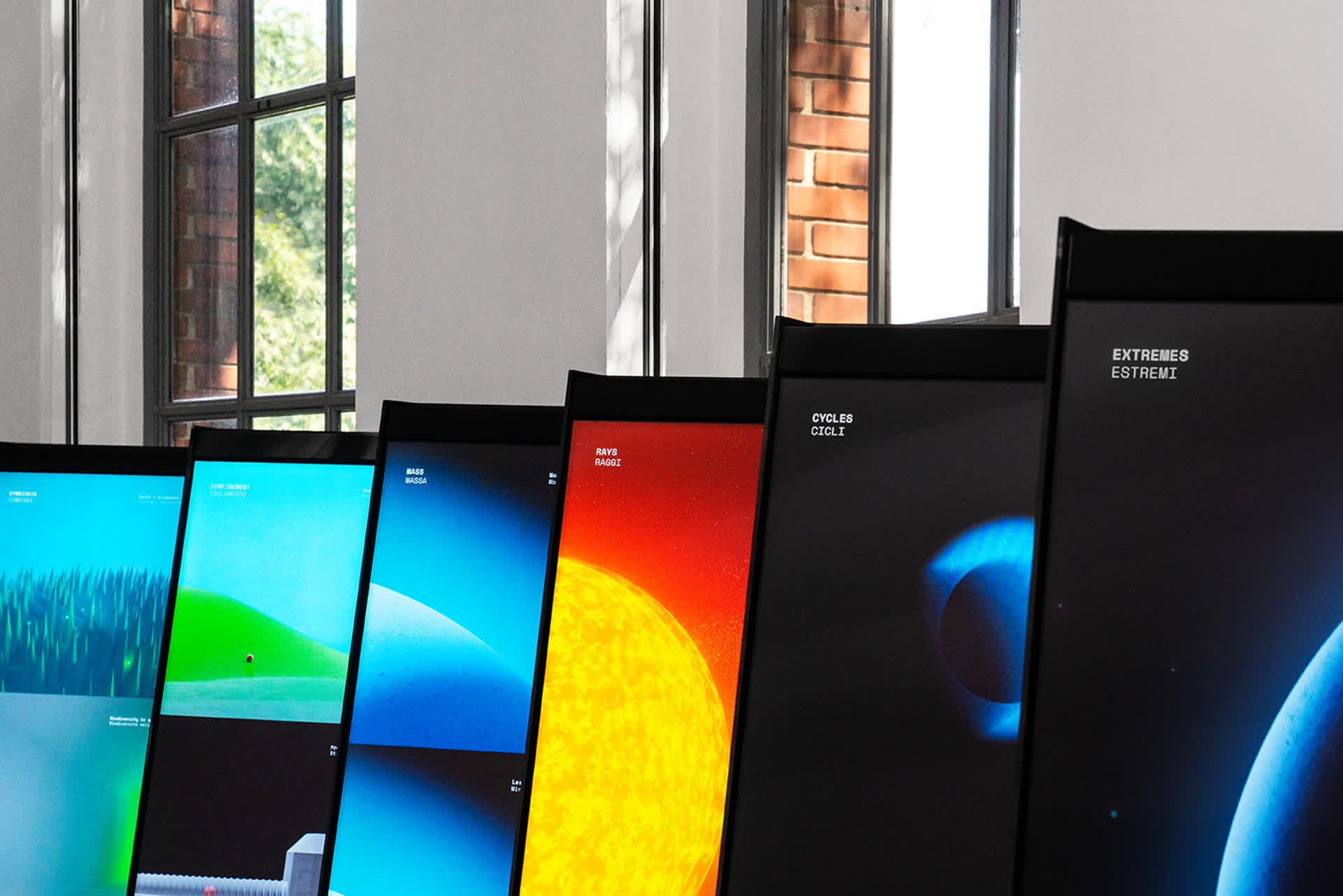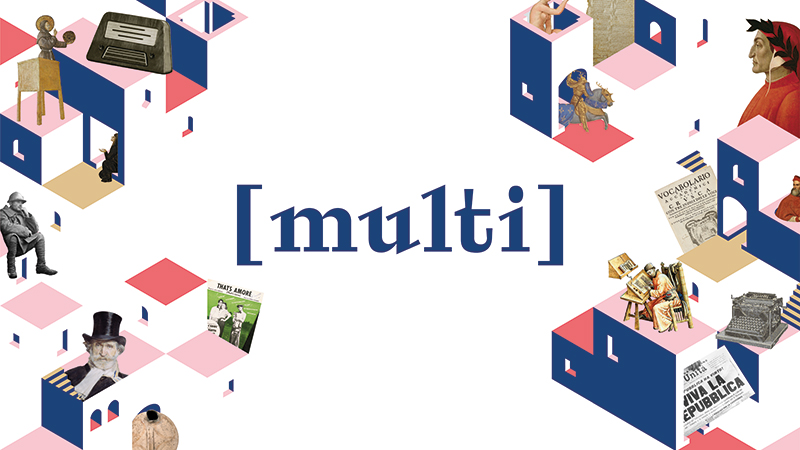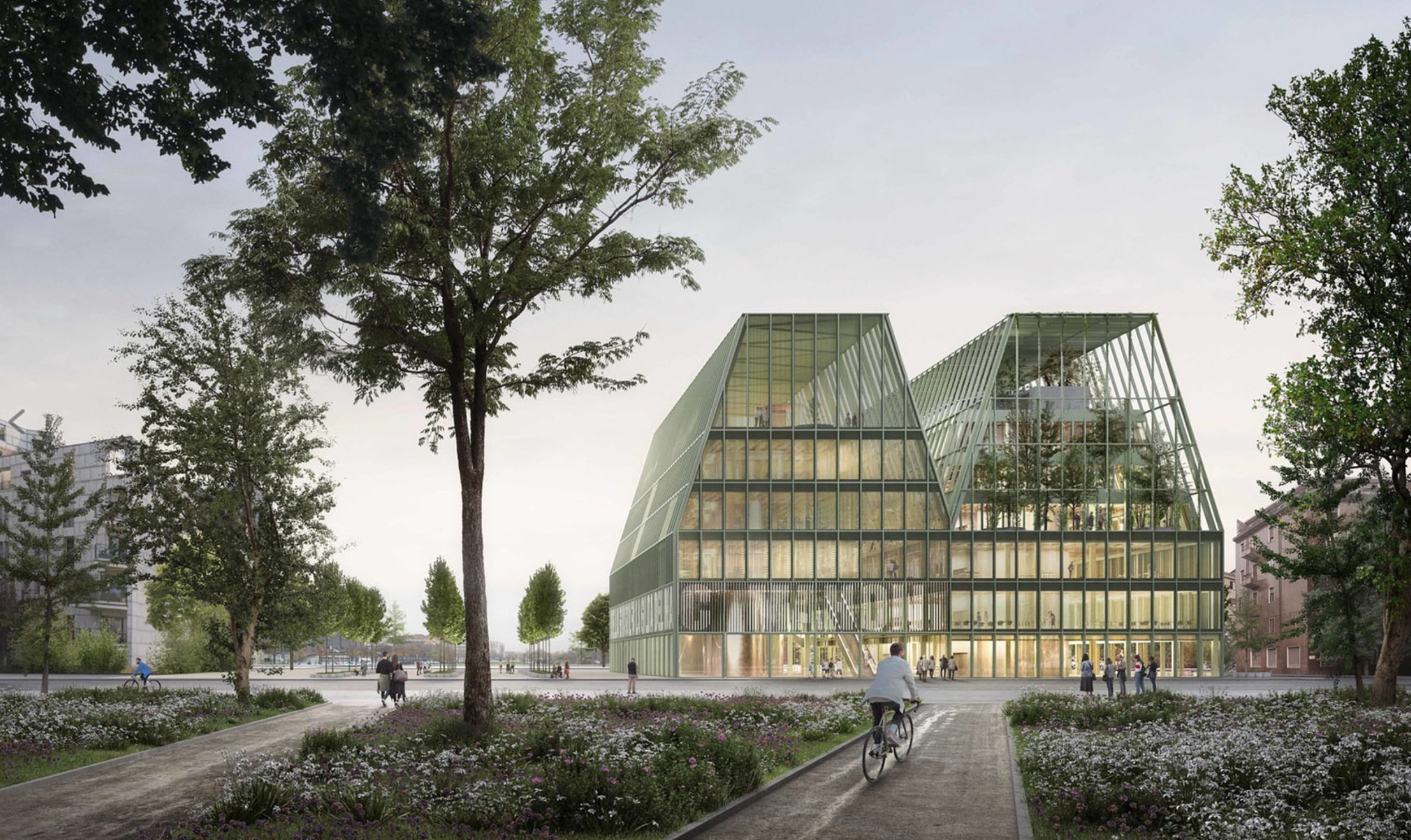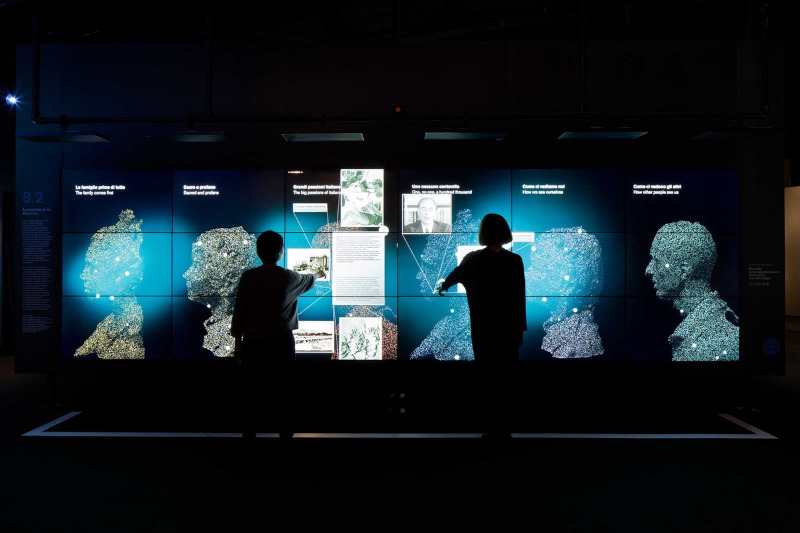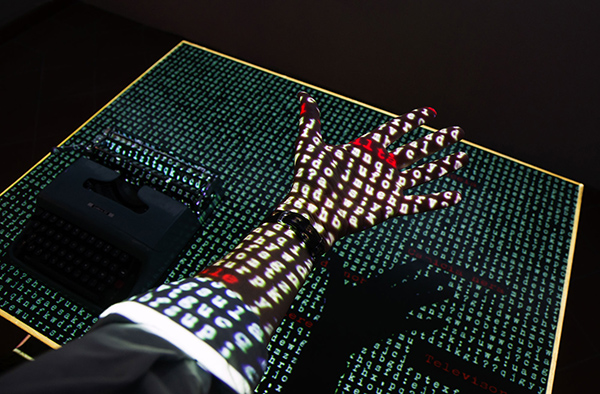2025
Dotdotdot has transformed the Hypogeum of the National Etruscan Museum of Villa Giulia in Rome into a sensorial and accessible experience, making the cult of the dead the key to understanding Etruscan customs, traditions, and history.
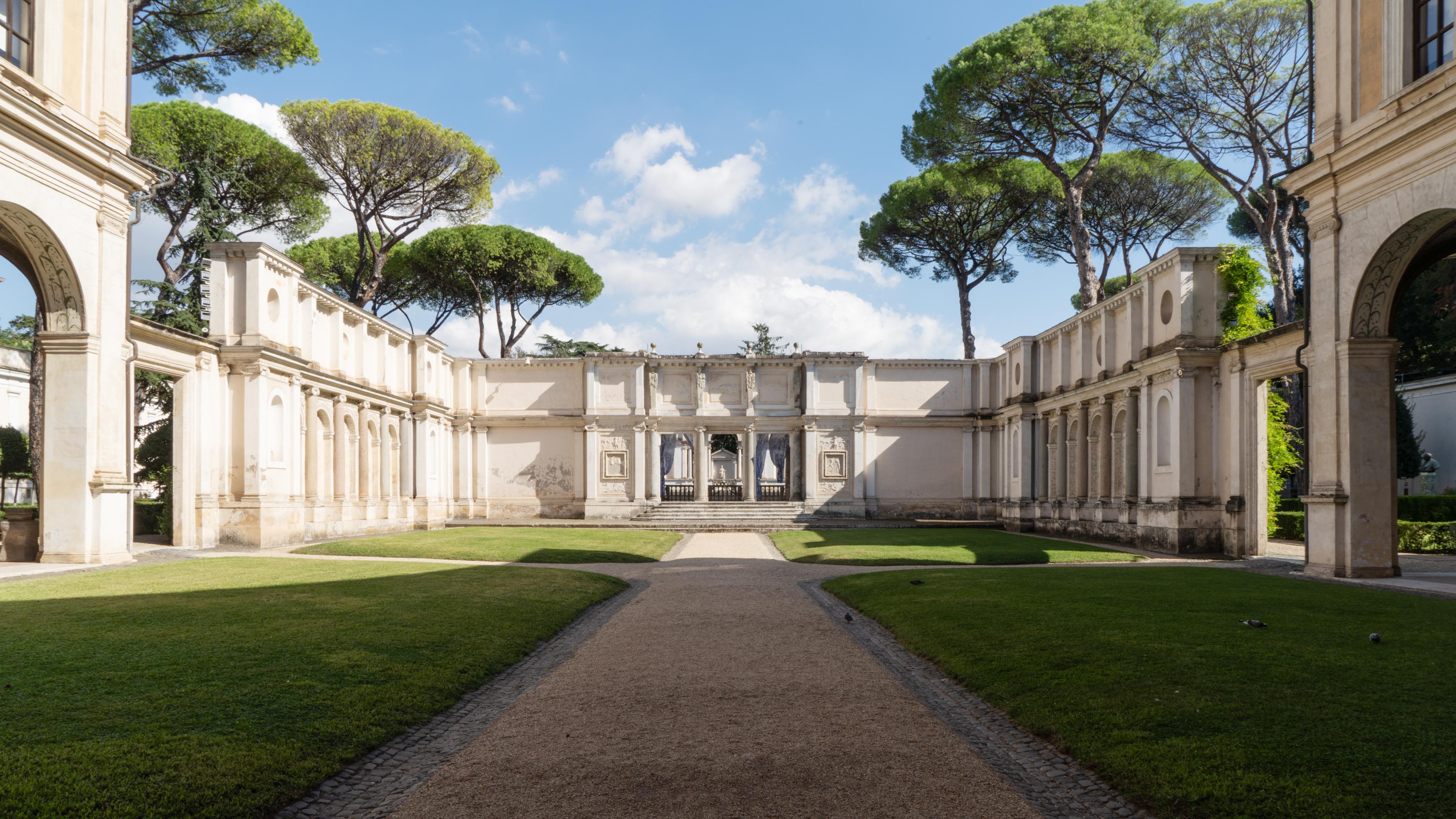
The exhibition, designed for a diverse audience ranging from schoolchildren to specialists, and conceived to be accessible to those with physical or cognitive disabilities, is constructed using simple and direct audiovisual language, integrating immersive projections, three-dimensional tactile models, narrative texts, and evocative sounds.
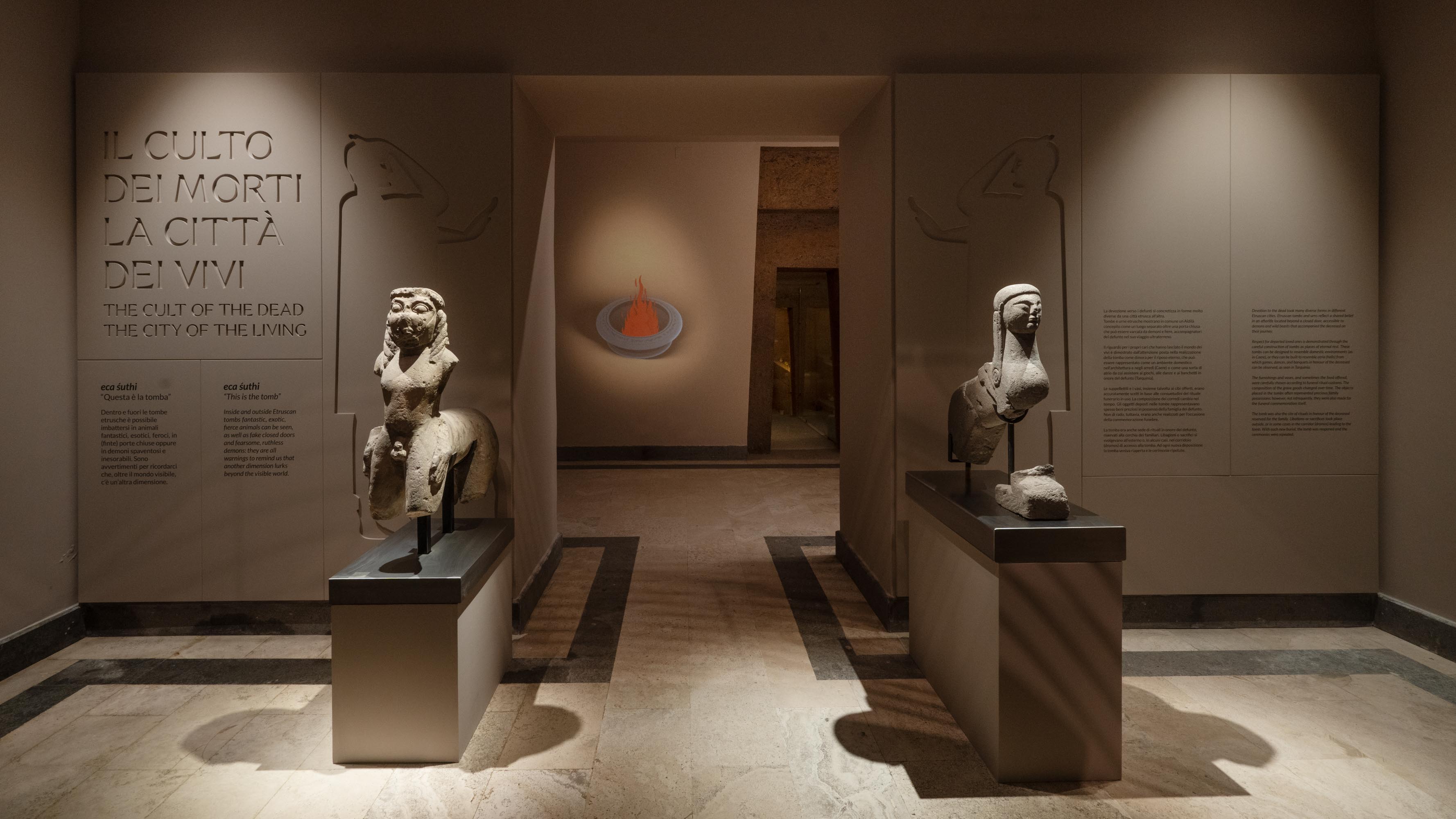

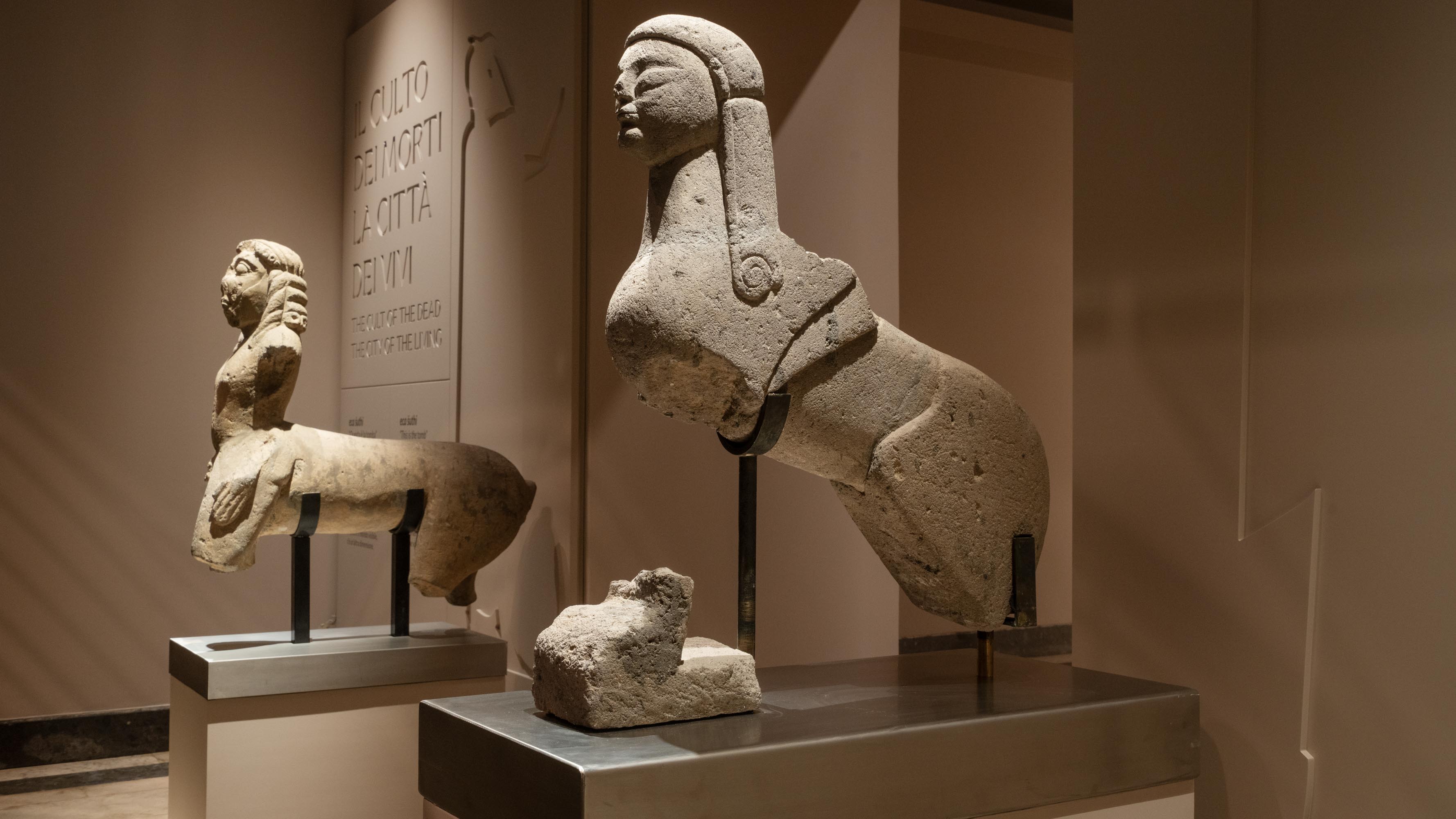
Part of the project "Etru without barriers: Etruscans 4.0 for a fully inclusive and accessible National Etruscan Museum," funded by the PNRR program, the project marks the beginning of a new era for the Roman museum led by Luana Toniolo. An archaeologist and former director of the Pompeii Park and the Sardinian Museums, Toniolo chose Dotdotdot to create an exhibition that combines scientific rigor, emotion, and participation.
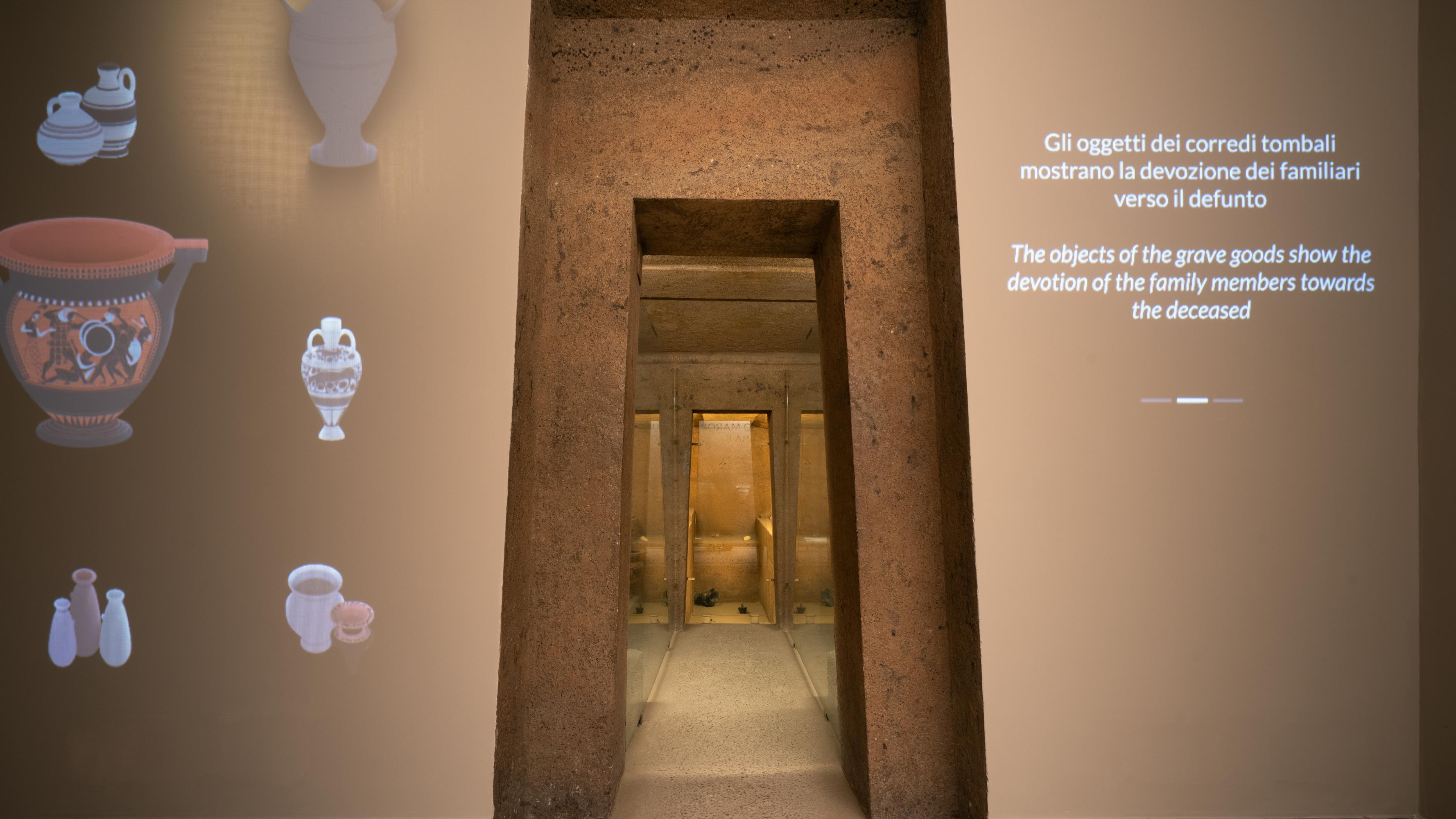
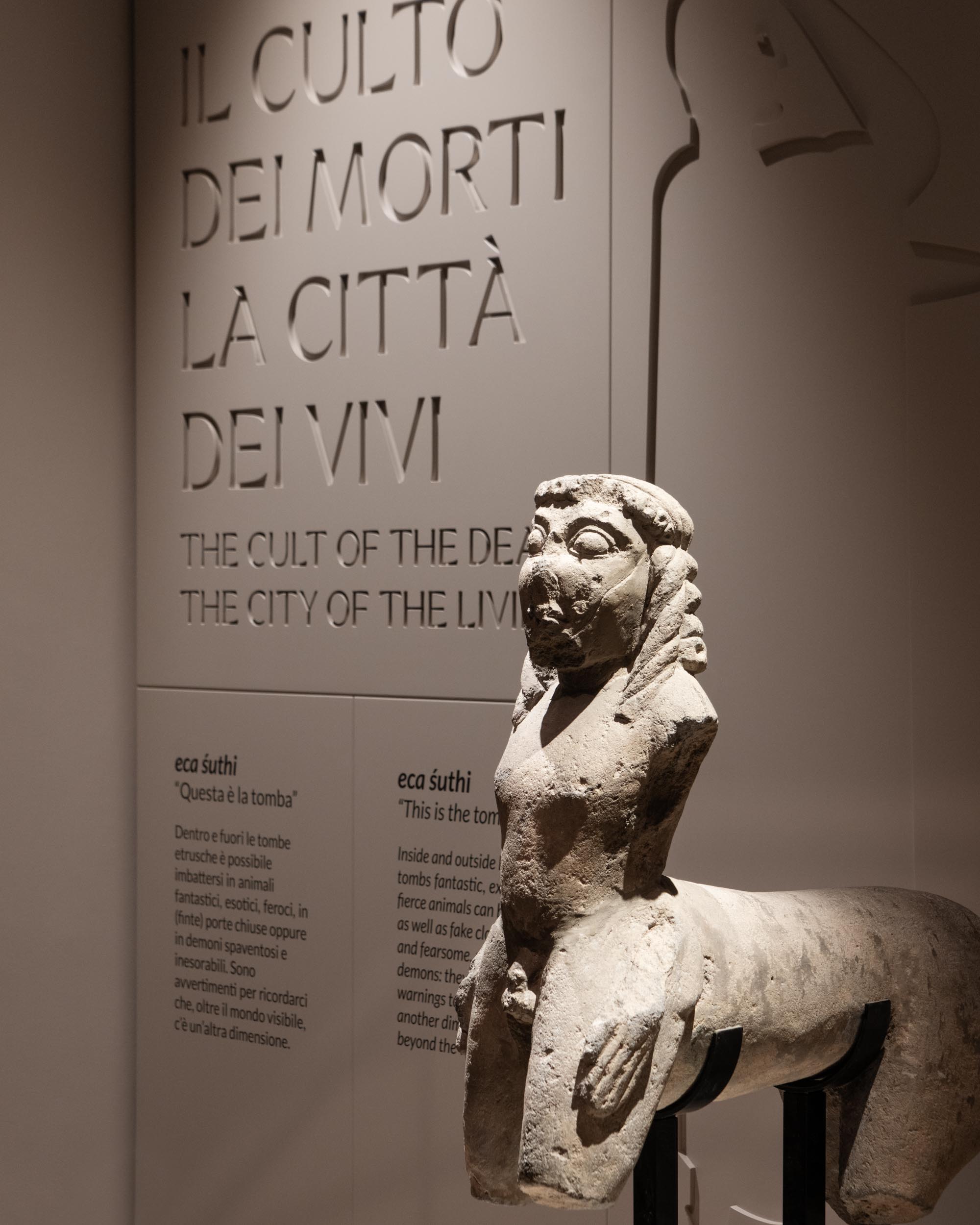
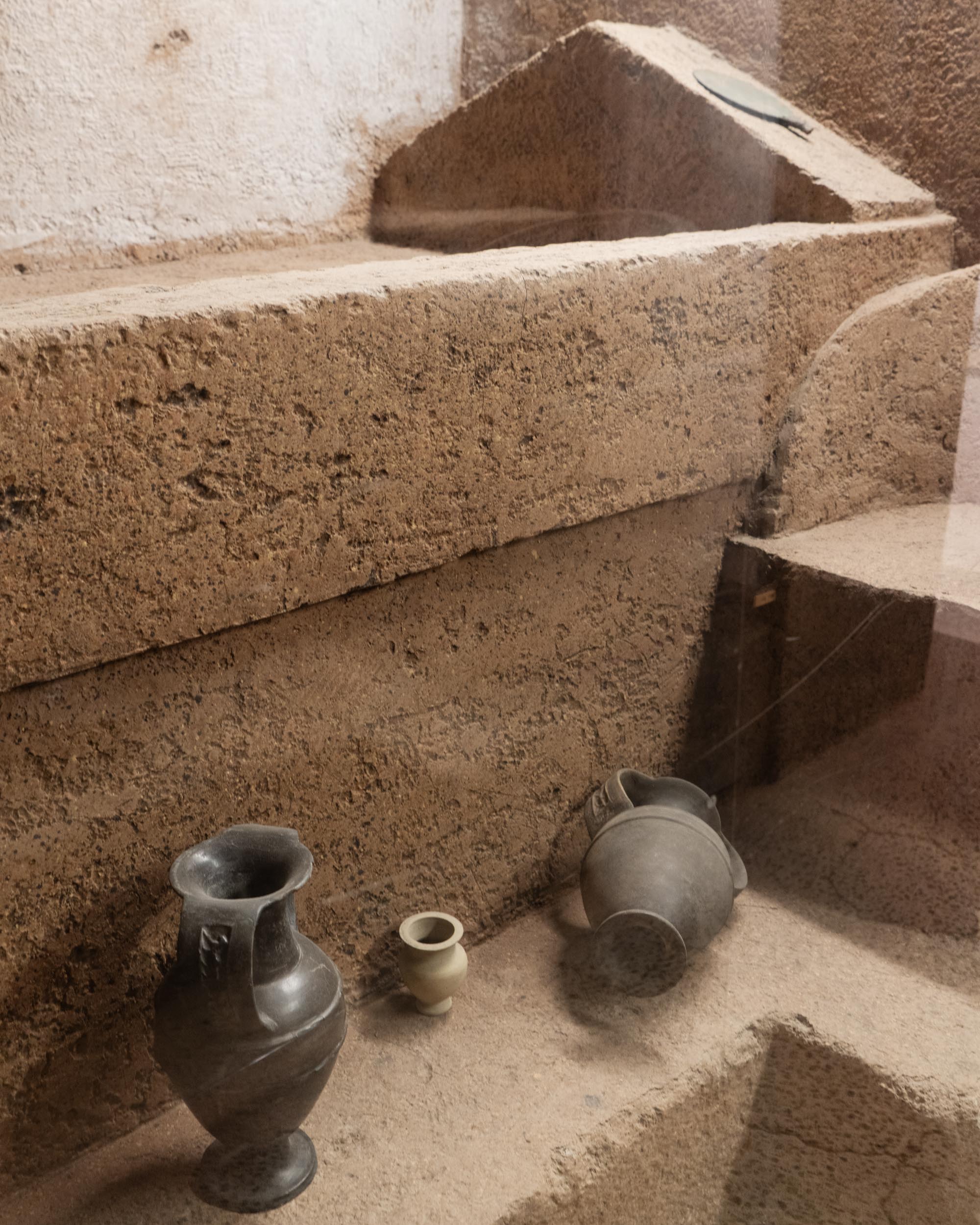
The exhibition begins with an entrance portal that marks the symbolic threshold between surface and underground, inviting visitors to immerse themselves in an "other" environment, suspended between reality and imagination.
In the first room, the Maroi Tumulus reconstructs an Etruscan tomb, where an immersive video gives voice to the funerary objects: ointment jars, braziers, cups, and vases, which once again recount the daily life of the deceased and their journey into the afterlife.
Along the connecting corridor, animated maps and tactile reliefs illustrate the geographical and archaeological context of the necropolises of Cerveteri and Tarquinia, intertwining scientific data with visual appeal.
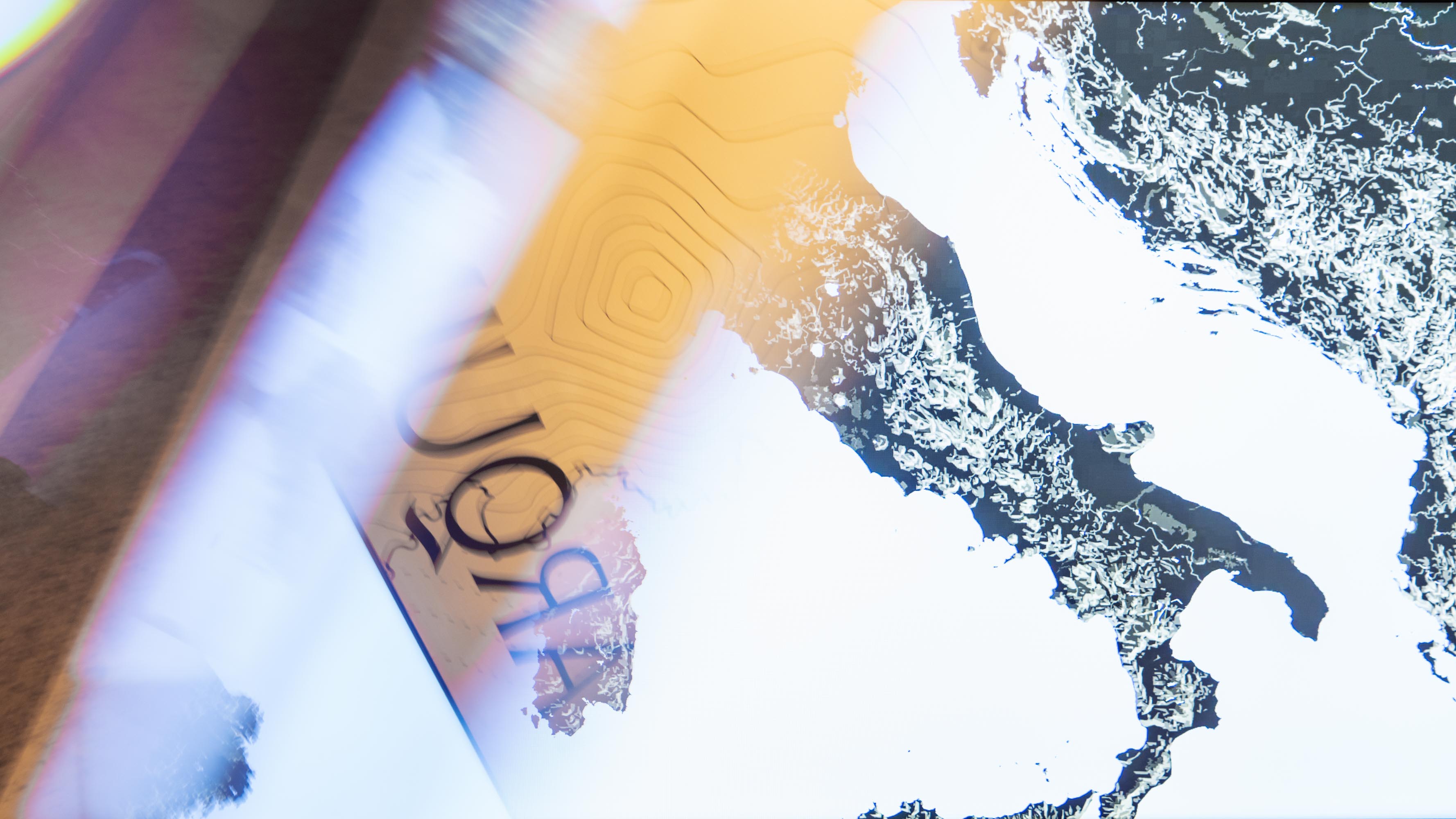
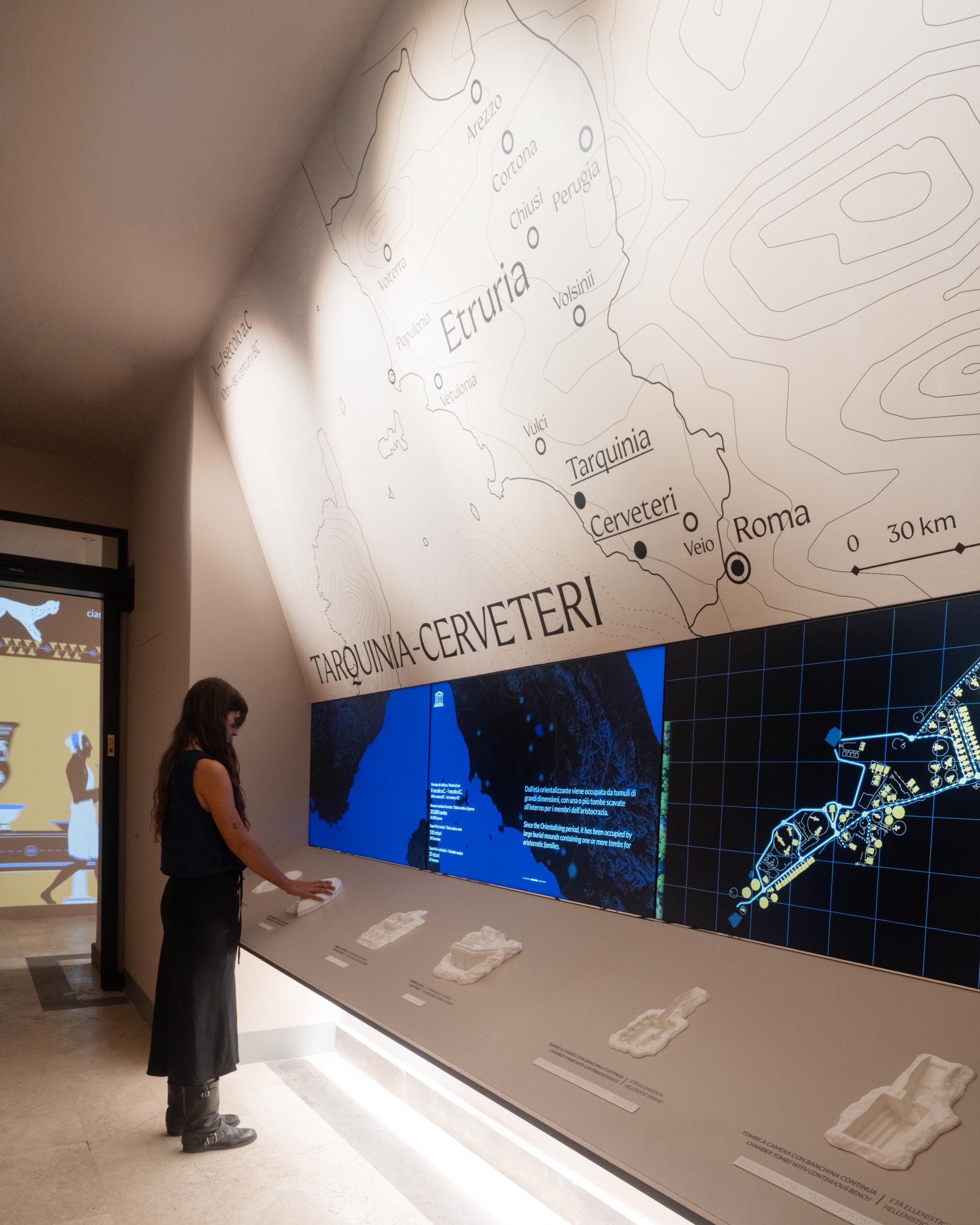

The experience culminates in the Tomb of the Funeral Bed, where damaged frescoes are complemented by animations that bring to life scenes of Etruscan dance, music, and rituals, restoring the vital and choral sense of the passage to the afterlife.
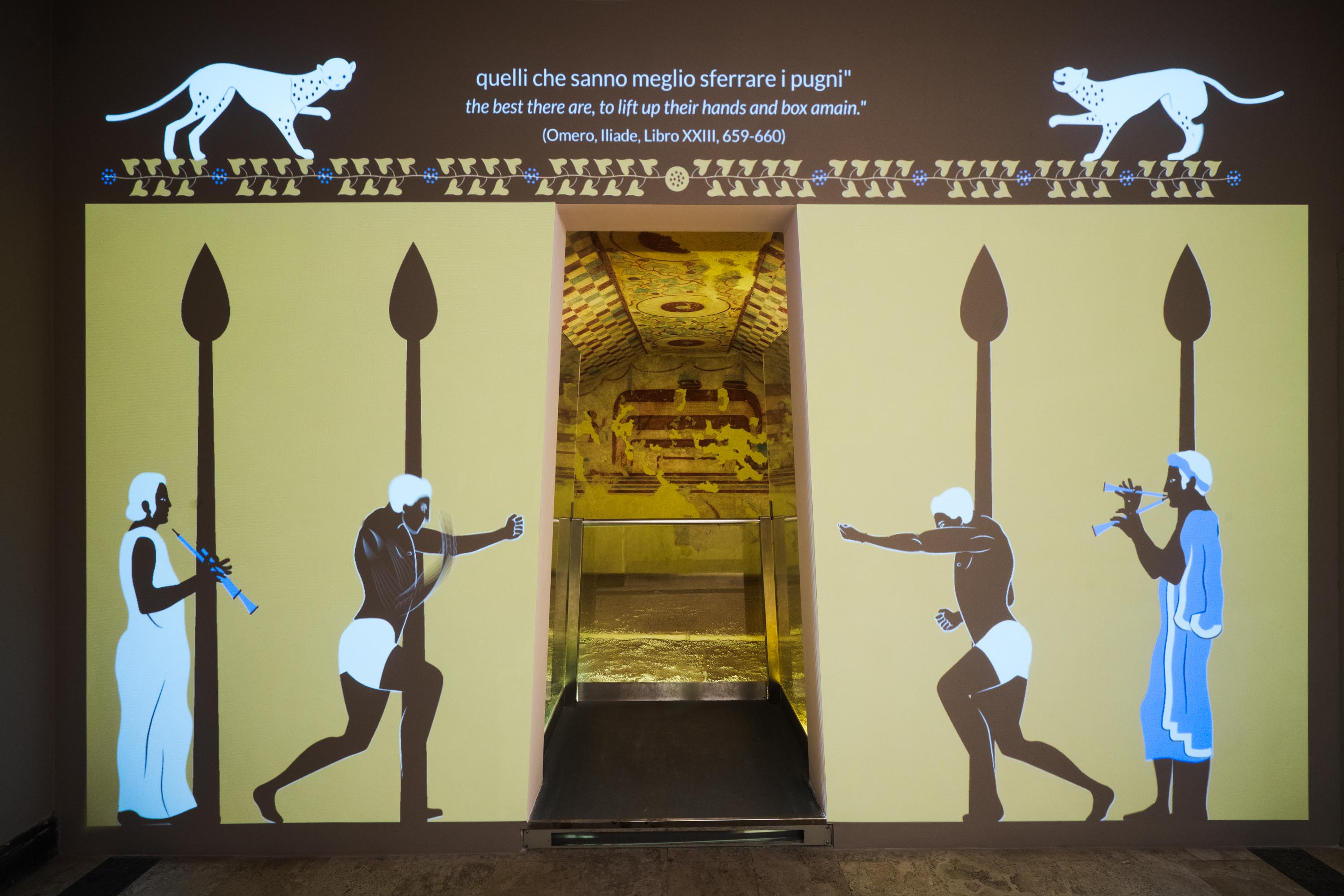
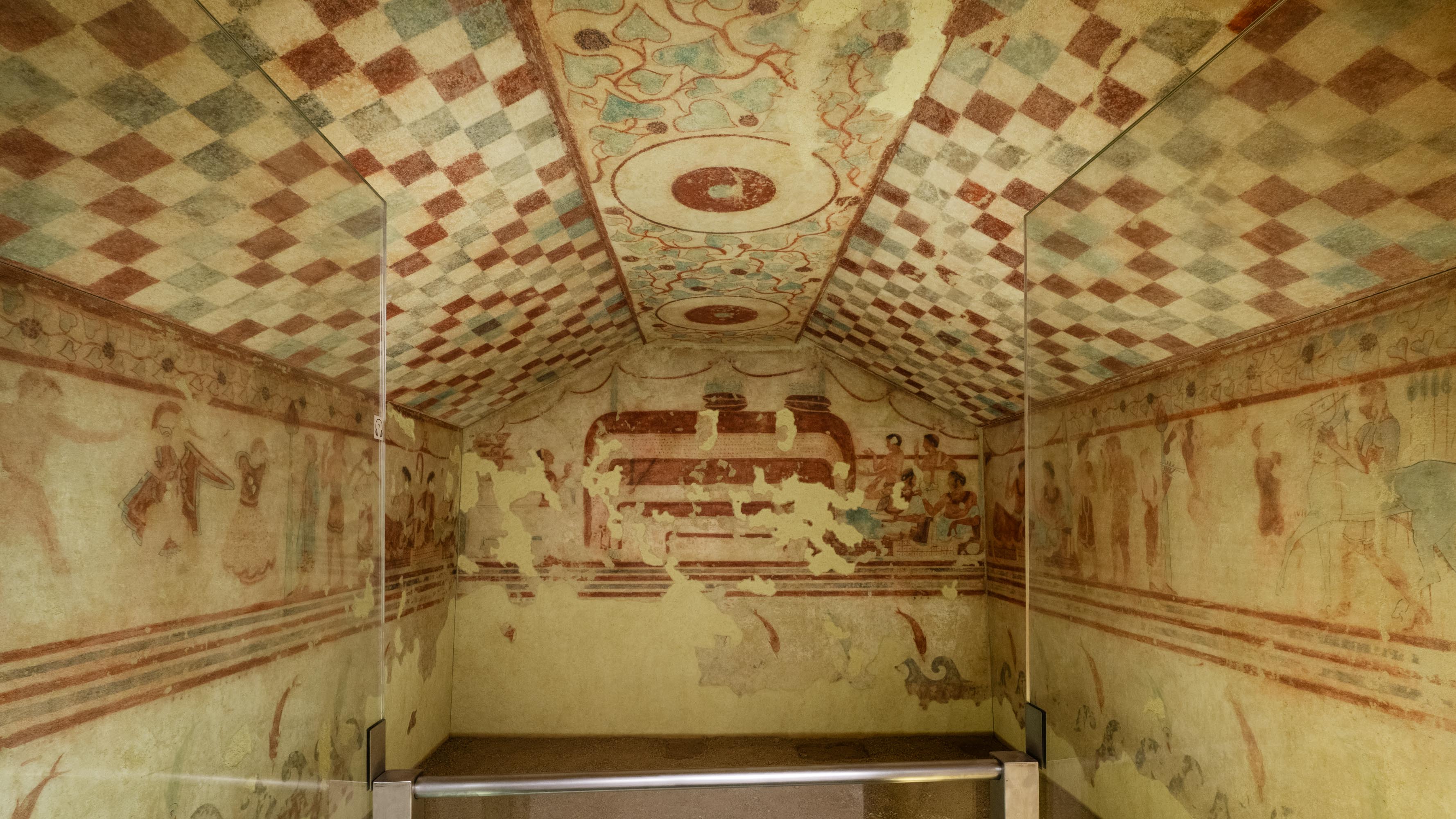
"Every visitor, regardless of ability or cultural background, should be able to fully experience and enjoy a museum," says Laura Dellamotta, co-founder and General Manager of Dotdotdot. "Design, when born from listening and a desire for inclusion, is a tool for building languages that truly engage people."
With this project, Dotdotdot renews its commitment to contemporary cultural design, providing the public with an inclusive, emotional, and profoundly human museum: a place where design becomes a tool for accessibility and storytelling, and where history is transformed into a living, shared experience.

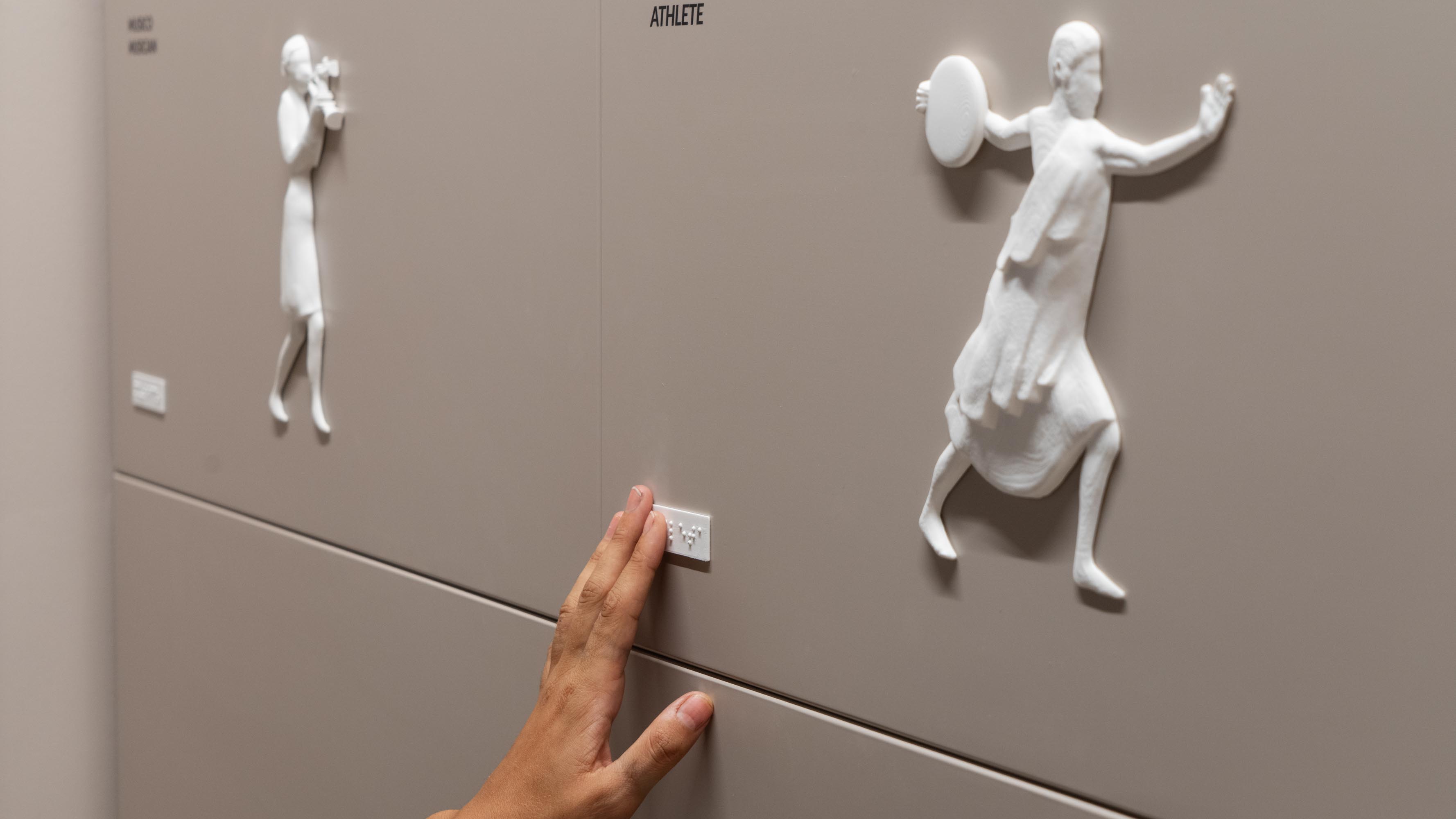
Laura Dellamotta
Giovanna Gardi
Alessandro Masserdotti
Fabrizio Pignoloni
Sara Maniscalco
Federica Mandelli
Letizia Melano
Maddalena Silva
Giuseppe Cirillo
Jib Ambhika Samsen
Mirco Sturlese
Pietro Forino
Sofia Petraglio
Nicola Ariutti
Nicola Buccioli
Tiziano Berti



